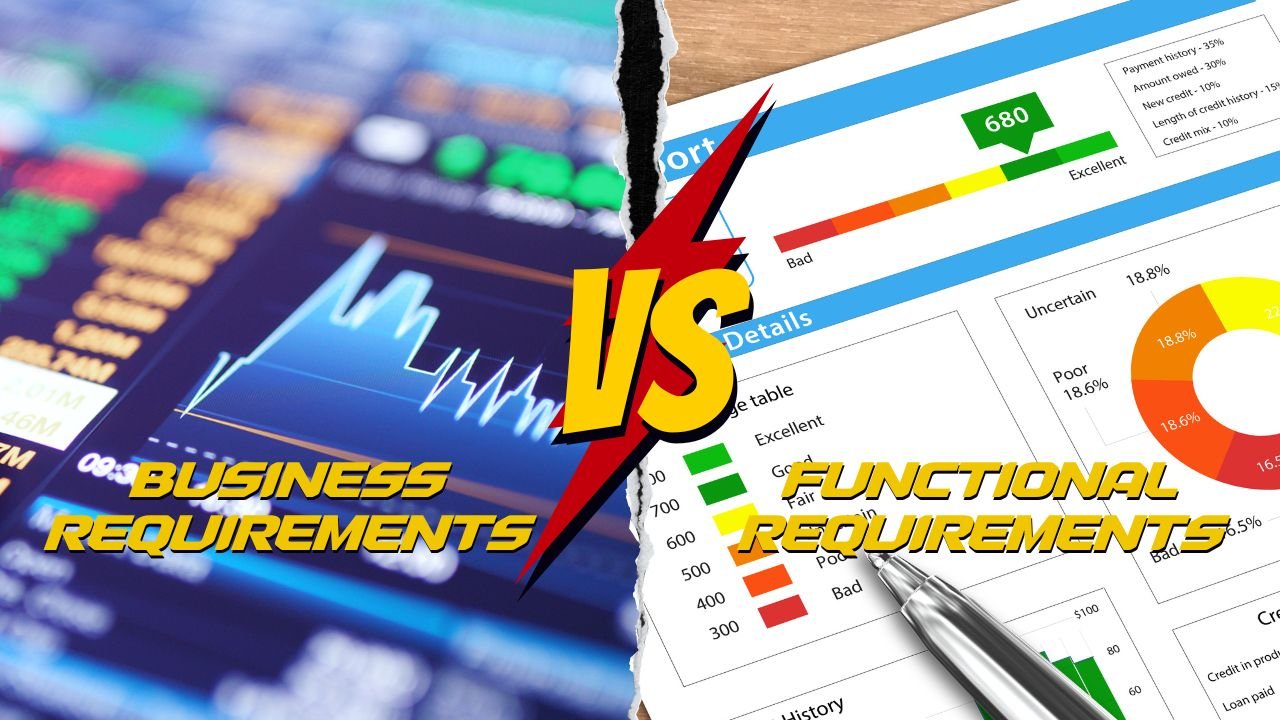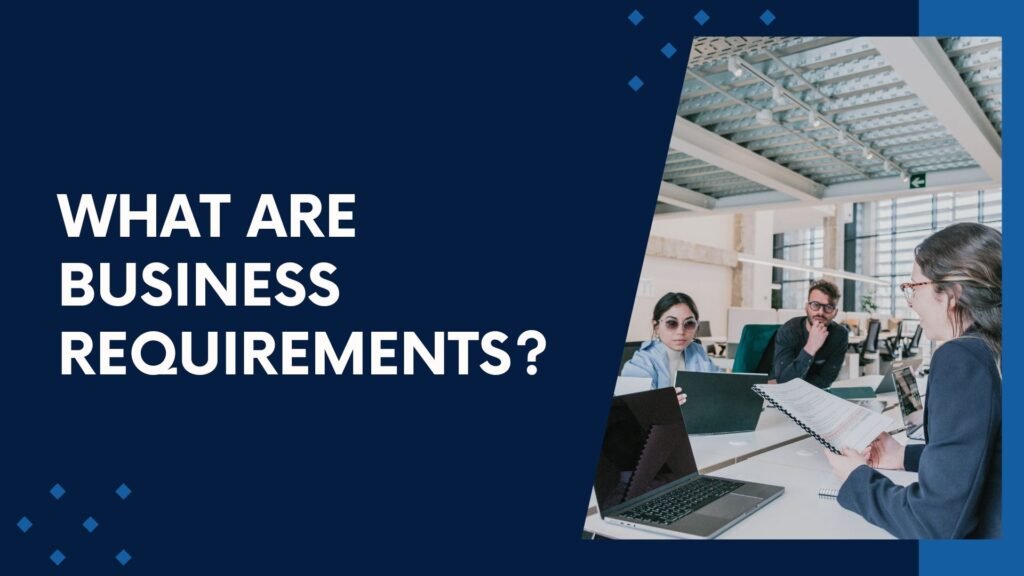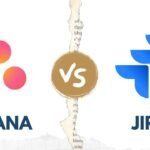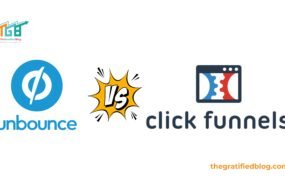
Understanding the difference between business requirements and functional requirements is essential for anyone involved in a project, whether it’s a new software development, a marketing campaign, or any other type of project. Knowing these distinctions can help ensure that everyone involved is on the same page, leading to a more efficient and successful project. In this blog, we will break down business requirements vs functional requirements, how they differ, and why they are both crucial to the success of any project.
What Are Business Requirements?

Business requirements are the high-level needs of an organization. They define what the business wants to achieve. These requirements are usually derived from business goals and objectives. They are often broad and strategic, focusing on the “what” and “why” of a project rather than the “how.”
Examples of Business Requirements:
- Increase Market Share: A company might want to increase its market share by 10% within the next year. This is a strategic goal that would drive many specific projects and initiatives.
- Improve Customer Satisfaction: Another example could be to enhance customer satisfaction scores by 15% within six months. This broad objective might involve multiple departments and projects working together.
- Reduce Operational Costs: A goal to reduce operational costs by 20% over the next fiscal year is another example. This could lead to various projects focused on efficiency and cost-saving measures.
What Are Functional Requirements?

Functional requirements are specific and detailed descriptions of the functionalities that a system or process must have to meet the business requirements. They define the specific behaviours, functions, and capabilities of a system. In other words, they are about the “how” of a project.
Examples of Functional Requirements:
- User Authentication: For a software project, a functional requirement might be that the system must allow users to log in using a username and password.
- Report Generation: Another example is the system must generate monthly financial statement in PDF format.
- Search Functionality: For a website, a functional requirement could be that users must be able to search for products by name, category, and price range.
Key Differences: Business Requirements Vs Functional Requirements
While both business requirements and functional requirements are crucial for the success of a project, they serve different purposes and have different characteristics.
Focus And Scope
- Business Requirements: These focus on the overall goals and needs of the organisation. They are broad, high-level, and strategic. They often involve multiple departments and can affect the entire organisation.
- Functional Requirements: These are more detailed and specific. They focus on the particular functions and features of a system or process. They are usually technical and involve specific tasks or activities.
Level Of Detail
- Business Requirements: These are usually less detailed and more conceptual. They provide a vision or direction without going into specific details.
- Functional Requirements: These are highly detailed and specific. They describe exactly what needs to be done and how it should be done.
Audience
- Business Requirements: These are typically communicated to stakeholders, including executives, managers, and other decision-makers. They are often written in non-technical language that everyone can understand.
- Functional Requirements: These are usually communicated to the project team, including developers, designers, and other technical staff. They are often written in technical language that details the specifics of how the system should function.
Why Business And Functional Requirements Are Important?

Both business and functional requirements are essential for the success of any project. Understanding the differences and the roles each type of requirement plays can help ensure that a project meets its goals and delivers the expected value.
1. Aligning Goals and Execution
Business requirements set the stage by defining what the organization wants to achieve. They provide a clear direction and help ensure that everyone is working towards the same goals. Functional requirements then take these high-level goals and translate them into specific actions and functionalities that need to be implemented.
2. Avoiding Miscommunication
Clear and well-defined business and functional requirements can help avoid misunderstandings and miscommunication. They ensure that everyone involved in the project understands what needs to be done and how it should be done. This can help prevent costly mistakes and rework.
3. Ensuring Quality and Compliance
By defining both business and functional requirements, organisations can ensure that the final product meets their needs and expectations. Business requirements help ensure that the project delivers the desired value, while functional requirements help ensure that the system functions correctly and meets all necessary standards and regulations.
How To Gather And Document Business Requirements?
Gathering and documenting business requirements is a critical step in the planning and initiation phase of a project. Here are some steps and best practices to follow:
1. Identify Stakeholders
Identify all the key stakeholders who have an interest in the project. This includes executives, managers, end-users, and any other parties who will be affected by the project.
2. Conduct Stakeholder Interviews
Conduct interviews with stakeholders to understand their needs, goals, and expectations. Ask open-ended questions to gather as much information as possible.
3. Use Workshops and Meetings
Hold workshops and meetings to facilitate discussions and gather input from multiple stakeholders. This can help ensure that all perspectives are considered.
4. Analyze Business Processes
Analyse existing business processes to identify areas for improvement. This can help you understand the current state and identify the specific needs and requirements for the new system or process.
5. Document Requirements
Document the business requirements in a clear and concise manner. Use non-technical language and ensure that the requirements are easy to understand. Include a description of the goals, objectives, and success criteria.
How To Gather And Document Functional Requirements?
Once the business requirements are defined, the next step is to gather and document the functional requirements. Here are some steps and best practices to follow:
1. Review Business Requirements
Start by reviewing the business requirements to ensure that you have a clear understanding of the project goals and objectives.
2. Conduct Technical Interviews
Conduct interviews with technical staff, including developers, designers, and other team members. Gather their input on the specific functionalities and features that need to be implemented.
3. Use Use Cases and User Stories
Use cases and user stories are effective tools for defining functional requirements. They describe how users will interact with the system and what functionalities are needed to support these interactions.
4. Create Wireframes and Mockups
Create wireframes and mockups to visualise the system’s functionalities and features. This can help ensure that everyone has a clear understanding of what needs to be built.
5. Document Requirements
Document the functional requirements in a detailed and precise manner. Use technical language and include specific details about how the system should function. Include diagrams, flowcharts, and other visual aids to help illustrate the requirements.
What Are The Common Challenges, And How To Overcome Overcome?
Gathering and documenting business and functional requirements can be challenging. Here are some common challenges and tips for overcoming them:
1. Lack of Stakeholder Involvement
One of the biggest challenges is getting stakeholders involved and engaged in the requirements-gathering process. To overcome this, ensure that you communicate the importance of their input and involve them early and often in the process.
2. Changing Requirements
Requirements can change over time, making it difficult to keep track of everything. To manage changing requirements, use a requirements management tool and establish a clear process for handling changes.
3. Miscommunication
Miscommunication can lead to misunderstandings and mistakes. To avoid this, ensure that requirements are documented clearly and concisely. Use visual aids and ensure that everyone involved in the project has access to the requirements documentation.
4. Technical Constraints
Technical constraints can limit what can be implemented. To manage this, technical staff should be involved early in the process and ensure that they provide input on the feasibility of the requirements.
Conclusion
Understanding the difference between business requirements and functional requirements is essential for the success of any project. Business requirements define the high-level goals and objectives of the organization, while functional requirements describe the specific functionalities and features needed to achieve these goals. Both types of requirements are crucial and must be clearly defined and documented to ensure a successful project.
By following best practices for gathering and documenting requirements, you can help ensure that your project meets its goals and delivers the expected value. Remember to involve stakeholders, use effective tools and techniques, and manage challenges proactively. With clear and well-defined requirements, you can set your project up for success.








No Comments